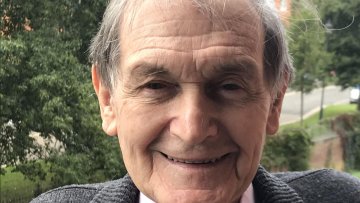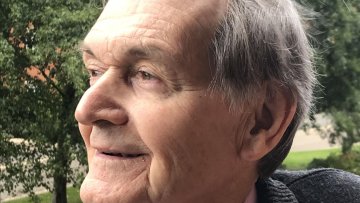12:00
Construction of Cauchy data for the dynamical formation of apparent horizons and the Penrose Inequality
Abstract
We construct a class of Cauchy initial data without (marginally) trapped surfaces whose future evolution is a trapped region bounded by an apparent horizon, i.e., a smooth hypersurface foliated by MOTS. The estimates obtained in the evolution lead to the following conditional statement: if Kerr Stability holds, then this kind of initial data yields a class of scale critical vacuum examples of Weak Cosmic Censorship and the Final State Conjecture. Moreover, owing to estimates for the ADM mass of the data and the area of the MOTS, the construction gives a fully dynamical vacuum setting in which to study the Spacetime Penrose Inequality. We show that the inequality is satisfied for an open region in the Cauchy development of this kind of initial data, which itself is controllable by the initial data. This is joint work with Nikos Athanasiou https://arxiv.org/abs/2009.03704.




